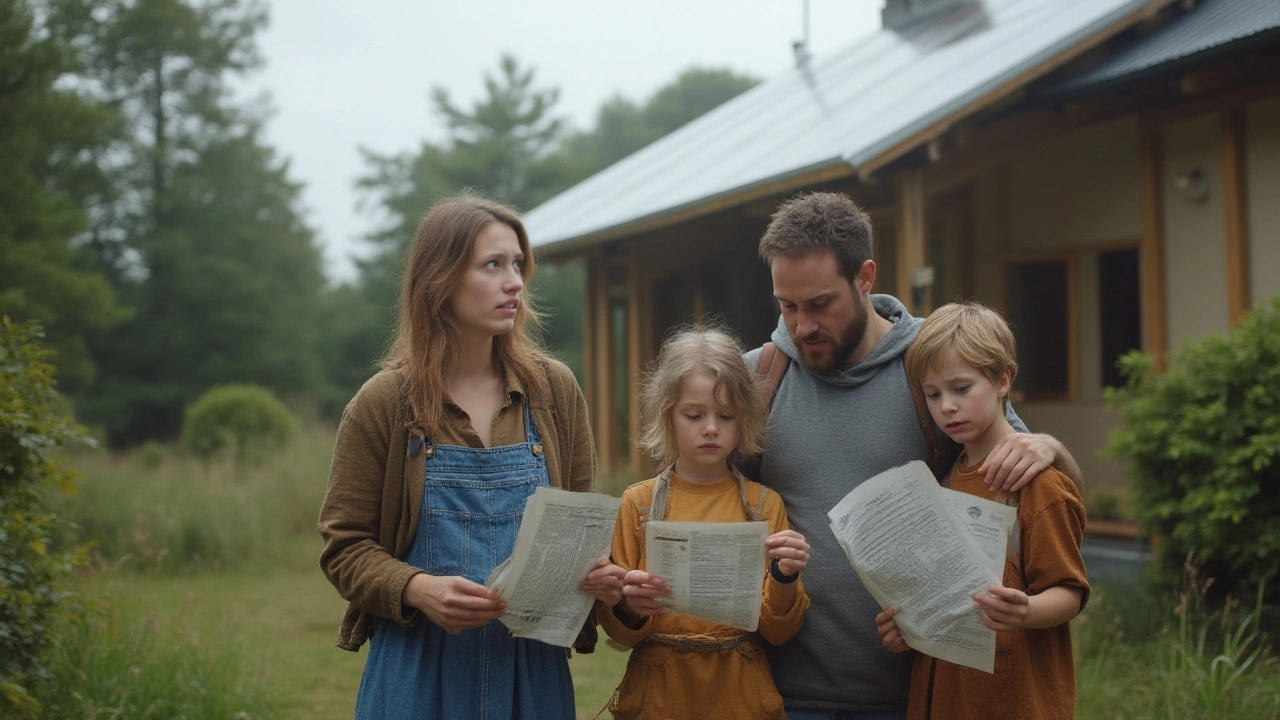
Green Home Drawbacks – Real Issues to Consider
Thinking about buying or building a green home? You’ve probably heard about lower energy bills and a smaller carbon footprint. Those benefits sound great, but there are also some downsides that many people overlook. Below we cover the main problems you might run into, so you can decide if a green home really fits your lifestyle.
Cost and Maintenance
First up, price. Green materials, like solar panels, high‑performance windows, and insulated walls, often cost more upfront than standard options. Even though you can save on utilities over time, the payback period can stretch out for years, especially if energy prices stay low. Some homeowners end up financing the extra cost, which adds interest to the total expense.
Maintenance can be another surprise. Solar panels need regular cleaning, and a high‑efficiency HVAC system may require specialist service that isn’t cheap. If you live in a harsh climate, the wear and tear on green roofs or rain‑water tanks can be higher than expected. Finding contractors who know how to work with these systems isn’t always easy, and waiting for a qualified technician can delay repairs.
Practical Limitations
Space is a hidden challenge. Green homes often use design tricks like thicker walls for better insulation, which reduces the usable floor area. If you’re used to a spacious floor plan, you might feel cramped. Likewise, features such as composting toilets or grey‑water recycling require extra rooms for treatment units, and those spaces can feel like a compromise.
Location matters a lot, too. Solar panels work best with plenty of sun, so a house built in a cloudy region may not see the promised energy gains. Wind turbines need enough wind and space away from neighbors, which isn’t always feasible in dense suburbs. If you move into a green home that isn’t properly matched to its environment, the eco‑friendly promise falls flat.
Another point is resale value. While some buyers pay a premium for sustainable features, many still focus on price over green credentials. If the market in your area doesn’t value eco‑features, you could end up with a house that’s harder to sell, or that sells for less than similar traditional homes.
Finally, lifestyle adjustments can be more demanding than you think. Managing a home that generates its own power means you’ll have to monitor battery storage, understand net‑metering rules, and sometimes deal with power outages if the system isn’t backed up. Changing habits—like reducing hot water use for a low‑flow shower—might feel restrictive for families used to a more relaxed routine.
All that said, green homes still offer many advantages for the right person. If you’re prepared for higher upfront costs, can handle the extra maintenance, and live in a suitable climate, the long‑term savings and environmental benefits can be worth it. The key is to weigh these drawbacks against your budget, location, and willingness to adapt.
Before you take the plunge, talk to owners of green homes in your area, ask detailed questions about their bills and upkeep, and get a clear picture of the total cost of ownership. Knowing both the pros and cons will help you make a smart decision that matches your goals and your wallet.
